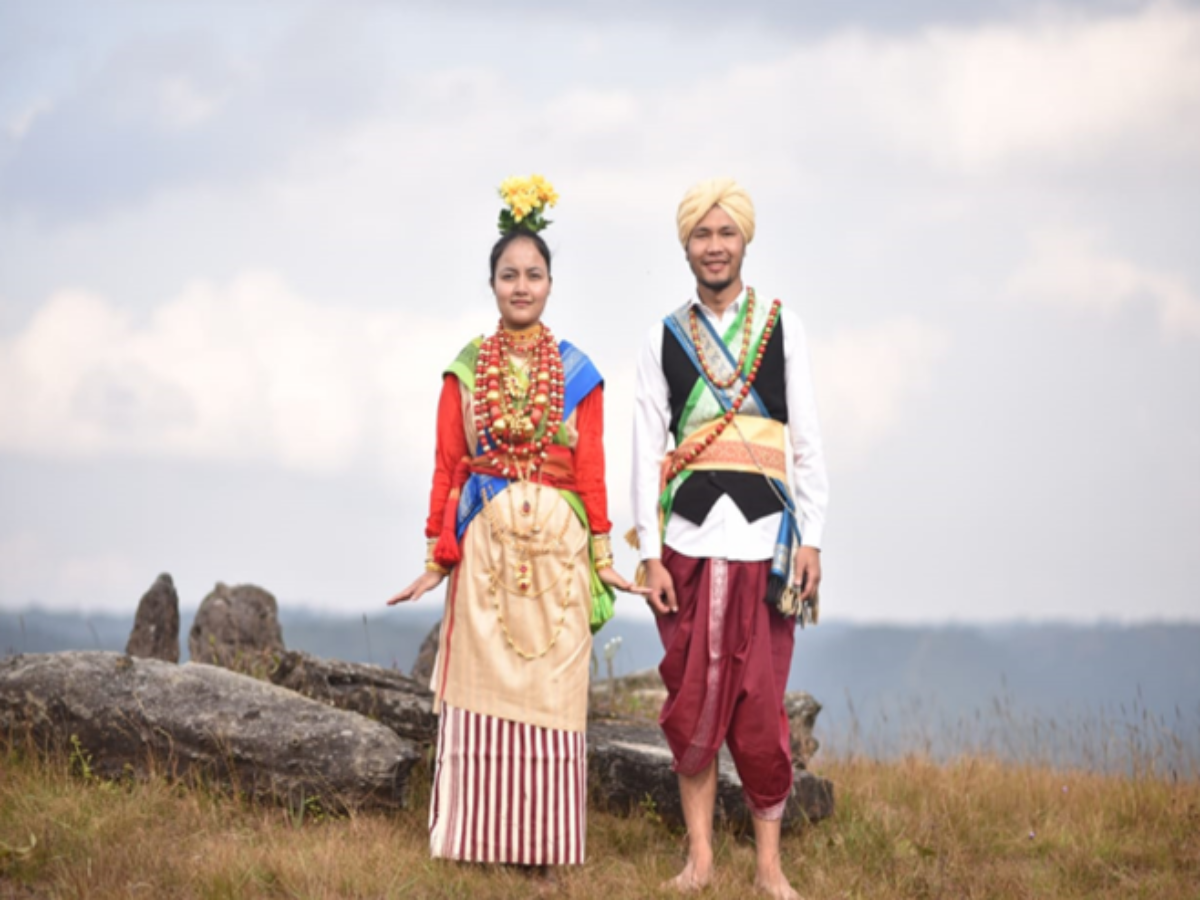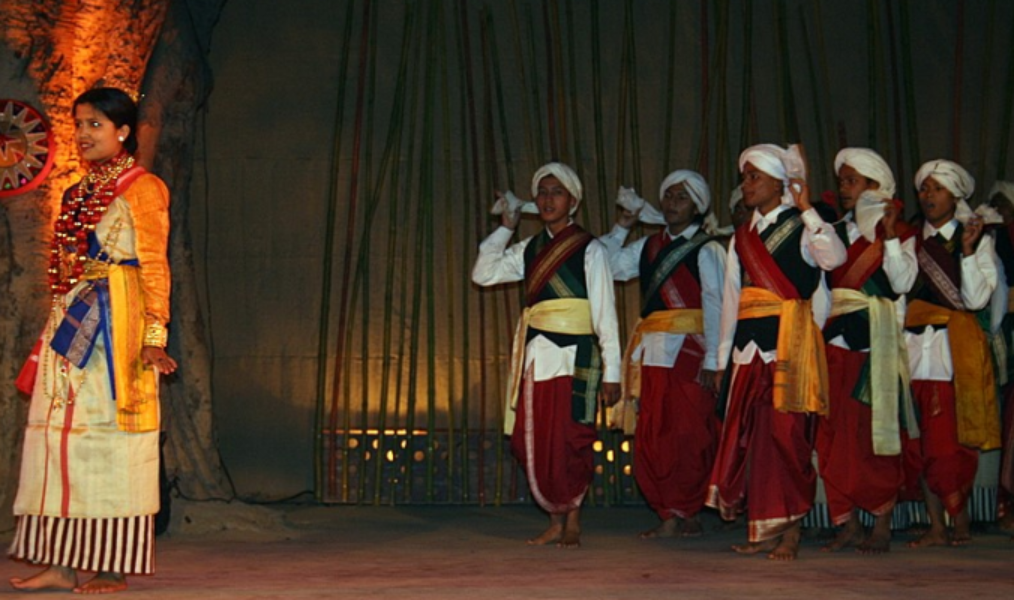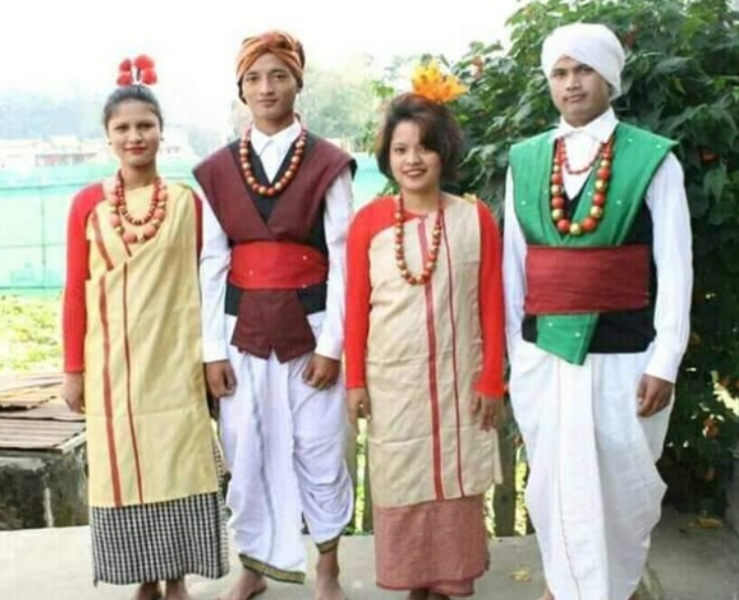State
Tribe Name
Art Type
short description
It is true that Jaintia or Pnar extremely represent an important subsection of the Khasi overall constituency, in particular, in the districts of poverty-stricken West Jaintia Hills and East Jaintia Hills in Meghalaya state. They have their own language which they call Pnar and is quite similar to Khasi-of-the-Austro-Asiatic branch of the language family. They trace their roots back to the great history of the Jaintia Kingdom, which is apparent in their traditional garments.
Thumbnail

Filter Postion
Left
Filter Background
Off
Theme
Filter Header Image

content
Image

description
It is true that Jaintia or Pnar extremely represent an important subsection of the Khasi overall constituency, in particular, in the districts of poverty-stricken West Jaintia Hills and East Jaintia Hills in Meghalaya state. They have their own language which they call Pnar and is quite similar to Khasi-of-the-Austro-Asiatic branch of the language family. They trace their roots back to the great history of the Jaintia Kingdom, which is apparent in their traditional garments.
Image Mode
landscape
Image

description
The Jainpein is the general traditional dress for Jaintia women. This is a cotton material that wraps around waist and also is combined with Kyrshah muka, which has no sleeves and is designed with embroidery and beads. During festival times, women will wear freshly designed Ryndia, Khyrwang, and Thoh Saru made of Eri silk and accessoried by the expensive KynjriKsiar, 24-karat gold pendant.
Image Mode
landscape
Image

description
A Jaintia male dons a Boh Kynrein-a draped cloth wrapped around his waist, and wears a shirt plus a coat on, while attending Ka Chad Pastieh, Chad Sukra, and such occasions where he accessorizes with a silk turban, swords (Ka Wait bad Ka Stieh), and checkered headscarves (Spong). Both men and women are not left behind in possession of this cultural jewelry but in their cases, the necklace is called Paila-a collection of red coral or Mawpleit stone beads threaded with Muga silk, with the additional possession of gold and silver in the ornament. The Jaintia people try as much as they can to conserve the rich culture of cultural clothes into the modern era.
Image Mode
landscape
promoted
Off
Verified
Off
